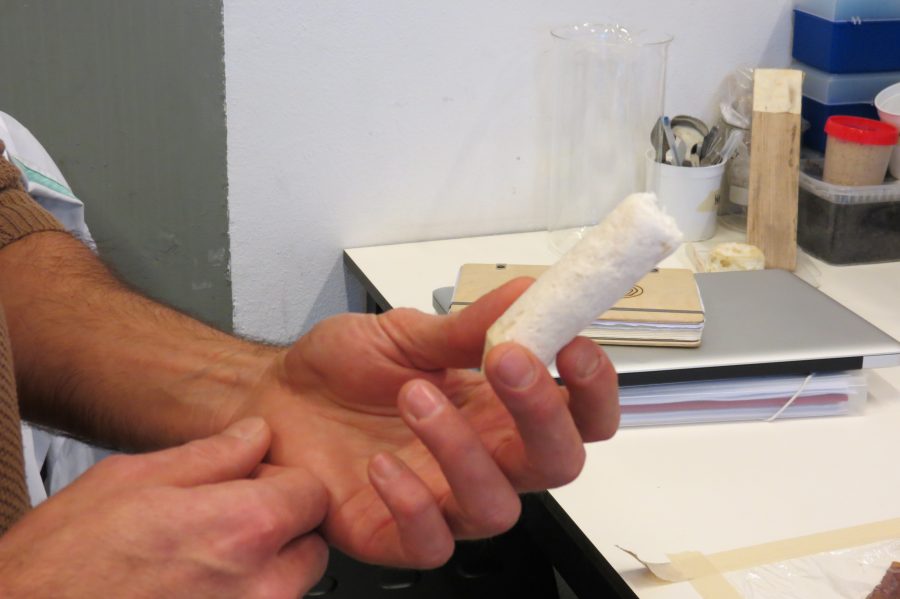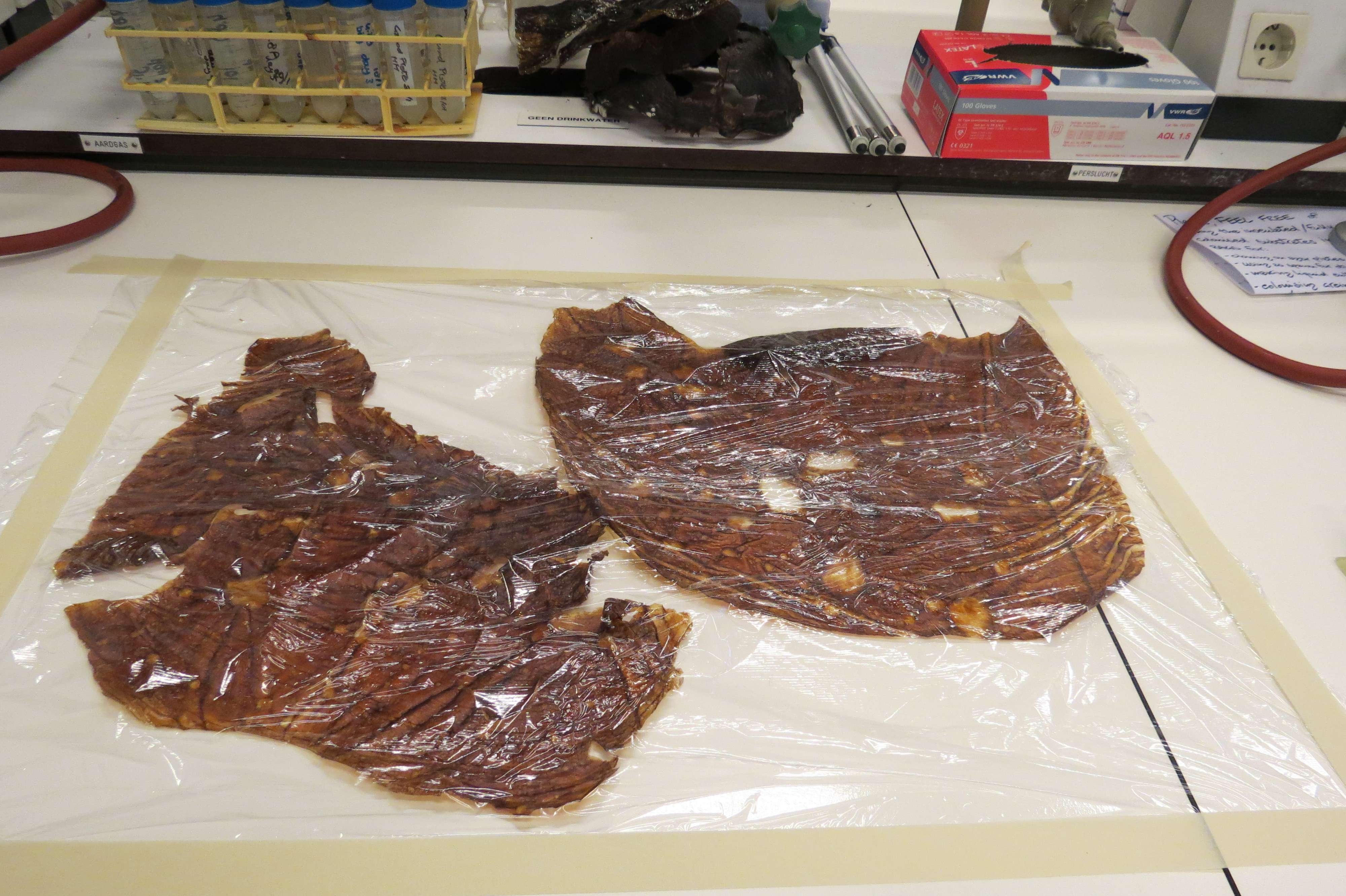Wave in Milan
This month Milan is hosting WAVE, an event that promotes the idea of frugal innovation in all of its different facets. I must say before beginning that the Bassetti Foundation (who employ me) are co-sponsors of the event, so I am a little partisan. It is however from any point of view an interesting project and concept.
The event includes an exhibition open to visitors and free of charge from 7 a.m. to 7 p.m. in Piazza San Fedele, Milan until 3 July, alongside a series of lectures and other events. The full program is here. There is a huge variety of stuff to see and hear, including debate about sustainability, smart city technology, citizen science and editing the human genome.
The WAVE Project
I take the following form the WAVE website. It gives a nice idea of what the project is all about:
At a time when the entire planet is facing tremendous economic, social and environmental challenges, a multitude of initiatives from around the world prove that solutions exist for doing more with less. The common ingredient in all this creative ferment? Collective ingenuity.
Being flexible, keeping it simple, seizing opportunities, thinking differently: in an unstable world, the ingenious innovator develops a state of mind that’s agile enough to turn obstacles into opportunities.
We live on a small planet where everything is interdependent. This is not a time for divisions, but for concerted action: citizens, associations, NGOs, local authorities, and companies both large and small are implementing new ideas for a better world. Driven by the digital revolution, most of these initiatives rely on social media. Some of them fall within the commercial sphere, others do not. But all of them demonstrate new ways of innovating together, differently.
A wave of collective ingenuity is sweeping across the world. Drawing on a wide range of concrete examples, the WAVE exhibition explores the major currents on every continent: co-creation, the sharing economy, the maker movement, the inclusive economy, and the circular economy. These examples feature people from all walks of life who share a positive vision of the world of tomorrow.
So as we see, WAVE as a concept is traveling the world. It started in France, now Milan before moving on to Senegal, USA and then India. It looks like an interesting series of events to me, and next week I am off to Milan to check it out in person.






